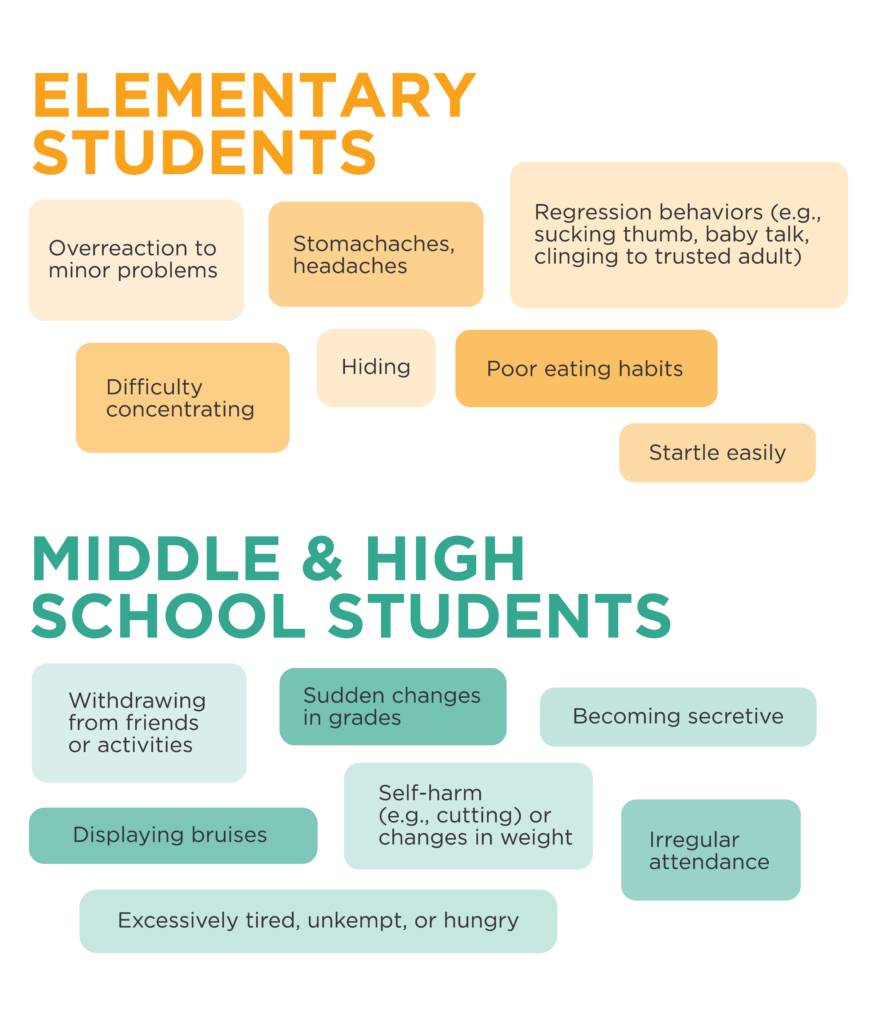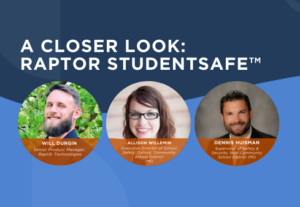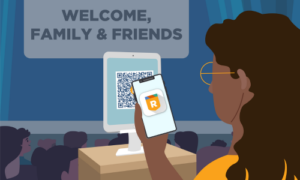Listen to this blog
4 minutes
According to the Centers for Disease Control (CDC), at least 1 in 7 children have experienced child abuse or neglect in the past year—and rates of child abuse and neglect are 5 times higher for children in families with low socioeconomic status.
Children who experience abuse or neglect are at higher risk for a wide range of outcomes such as anxiety and depression, risky health behaviors, and suicide, in addition to facing academic struggles.
With educators’ role of mandatory reporters and the ability of school staff to recognize abuse—as well as provide interventions and resources—schools play a pivotal role in protecting students.
1. Early intervention is critical to the child’s wellbeing
Despite already being a dishearteningly frequent occurrence, it is likely incidences of child abuse are even more common—the CDC indicates this discrepancy is a result of unreported cases.
Identifying when a student is in crisis is the first step to providing necessary interventions—but collecting those observations in a way that counselors and school psychologists can use to help the student is a challenge.

Raptor’s patented StudentSafe™ technology brings together the systems that help schools recognize, document, support and manage the wellbeing of individual students—enabling you to better identify and intervene in cases of abuse.
StudentSafe empowers your staff with the ability to catalog low-level concerns so you can help students earlier when problems are more manageable. With your entire staff (custodians, bus drivers, food service personnel, etc.) able to document their concerns, you spread the responsibility and provide your counselor and support teams with more valuable information.
Further, by coupling the mandatory reporting procedures in your district with documenting those concerns in StudentSafe, your district can ensure information related to each student’s wellbeing will not get lost and, crucially, more structured interventions can be implemented. StudentSafe can also be updated to include any investigation details such as case numbers, interventions, and safeguards. StudentSafe includes four-dimensional provisioning enabling your district to configure permissions in a highly detailed and precise manner—which means only authorized staff can view data.
2. Develop prevention programs
Prevention programs such as sexual abuse prevention, anti-bullying campaigns, and social-emotional learning programs can help educate students, parents, and school staff on the signs of child abuse and ways to prevent it.
Collaborate with your local community members—including the area police department as well as local volunteers—to establish programs that support your students.
3. Counseling services for students
School counselors can help students cope with the emotional and psychological effects of abuse and provide referrals to outside resources for additional support—but demand is often higher than the resources available within the district.
For districts whose counseling services are struggling to meet their students’ needs, consider working with virtual counselors to provide your students with a stronger support system.
There are also grants, state, and federal funds available for schools working to improve student mental health. Learn more about how Raptor can help you access and maximize these funds here.
4. Supporting families
With children from low socio-economic households 5 times more likely to have adverse childhood experiences, providing support to families who are experiencing challenges is critical to helping prevent abuse. Schools can connect families to community resources, provide parenting education classes, and offer other forms of support to help families address the root causes of abuse.
5. Collaborate with community partners
Schools can collaborate with community partners such as child welfare agencies, law enforcement, and mental health providers to ensure that abused children receive the support they need. Collaboration can include sharing information, coordinating services, and as mentioned above, developing joint prevention and intervention programs.
Support your students’ wellbeing with Raptor
Schools play a critical role in recognizing and responding to child abuse—and Raptor StudentSafe can help you see the bigger picture of what is going on with an individual student. Empowering your staff to better document student wellbeing concerns means you can get them the help they need sooner.
Related Resources
Guide to K-12 Student Wellbeing
Strategies to Recognize, Document, and Support Students in Distress
Listen to this blog
4 minutes








